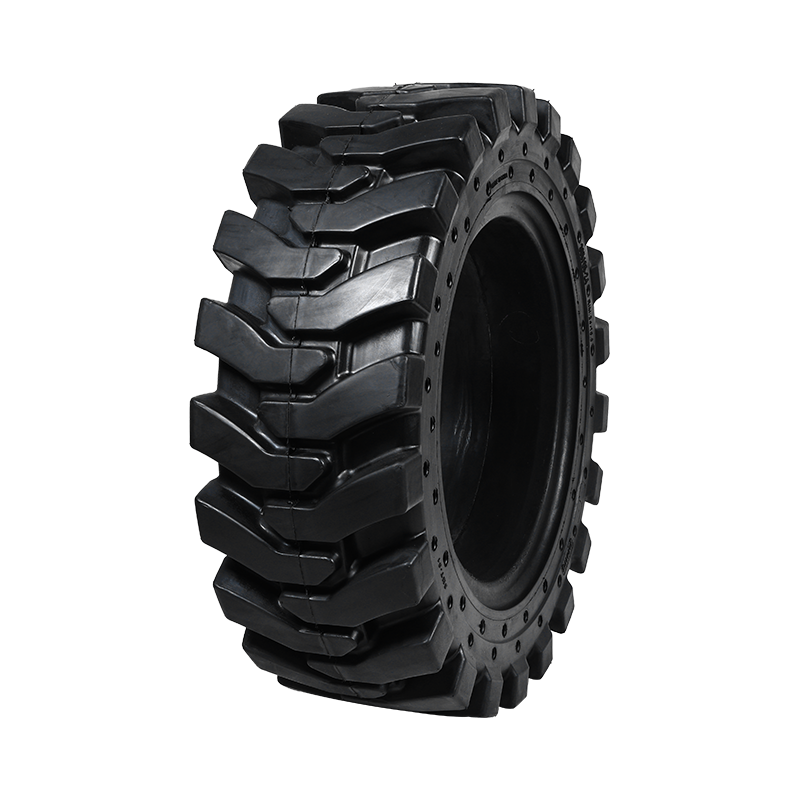Maximizing Skid Steer Tire Longevity: Maintenance Tips and Tricks
1. Regular Tire Inspections
It’s important to inspect your skid steer tires on a regular basis. Check for any visible signs of damage, including punctures, cracks, or bulges. If you’re using pneumatic tires, inspect the tire pressure regularly to ensure that it stays within the manufacturer’s recommended range. Underinflated tires can cause excessive wear and reduce fuel efficiency, while overinflated tires can lead to reduced traction and stability.
For solid tires, check the tread depth and the sidewalls for any signs of wear or splitting. If you notice uneven wear patterns, it could indicate an alignment or weight distribution issue that needs to be addressed.
2. Tire Pressure Management
Tire pressure plays a crucial role in skid steer performance. Overinflated tires can reduce traction and cause uneven wear, while underinflated tires can result in excessive rolling resistance, reducing fuel efficiency and putting unnecessary strain on the machine. For pneumatic tires, maintain the recommended tire pressure based on your skid steer's specifications. Some machines come equipped with tire pressure monitoring systems (TPMS), which can make this process easier by alerting you when the pressure is outside the optimal range.
3. Load and Weight Distribution
Avoid overloading your skid steer, as carrying more weight than the machine is designed for can strain the tires and cause premature wear. Ensure the weight is distributed evenly across all tires to maintain optimal performance and avoid uneven tire wear. If your skid steer frequently works with heavy loads, you may want to consider tires designed for high-load capacity or increased durability.
4. Avoid Sharp Turns and Sudden Stops
Sharp turns and sudden stops place significant stress on your skid steer tires, leading to faster wear. Practice smooth driving and avoid making sharp turns, especially when carrying heavy loads. If your skid steer is used for tasks requiring tight maneuvering, consider using turf or radial tread tires that are designed to handle this type of work.

5. Proper Tire Storage
When skid steers are not in use for extended periods, it’s important to store them properly to avoid tire degradation. If the machine is going to be stored outdoors, try to keep the tires away from direct sunlight, as UV rays can cause the rubber to dry out and crack. If possible, store the skid steer in a cool, dry location or use tire covers to protect them from the elements.
6. Cleaning and Debris Removal
Cleaning the tires after use can also extend their lifespan. Remove any debris, such as rocks, mud, or twigs, that may have gotten caught in the treads. Debris can lead to increased friction and, in some cases, punctures or tears. Using a gentle wash or air compressor can help keep the tires clean without causing damage to the rubber.
7. Rotate Tires for Even Wear
If your skid steer has an extensive workload, it’s important to rotate the tires periodically to ensure even wear. Some skid steer models allow for easy rotation, while others may require more specialized tools. By rotating the tires, you can extend their life and improve performance, particularly if you're working in varied terrains or on uneven surfaces.
CONTACT US
-

Email: SMT001@saimeite-tyre.com
-

Phone: +86-18451337018No. 1, Renmin South Road, Yandu District, Yancheng City, Jiangsu Province, China

 English
English 한국어
한국어 Français
Français Español
Español











